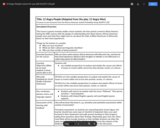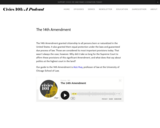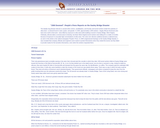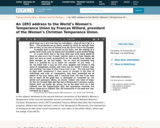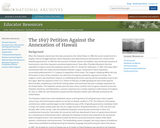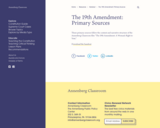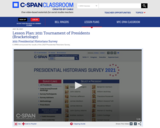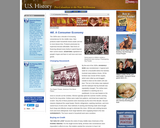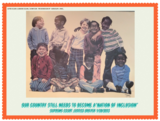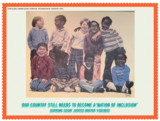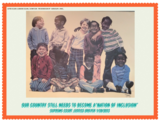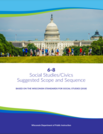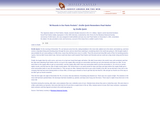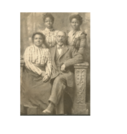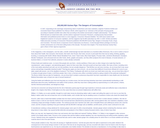
In 1927, responding to the seemingly overpowering claims of advertisers and mass marketers, engineer Frederick Schlink and economist Stuart Chase published Your Money's Worth, which argued for an "extension of the principle of buying goods according to impartial scientific tests rather than according to the fanfare and triumphs of higher salesmanship." Your Money's Worth became an instant best-seller, and the authors organized Consumers' Research, a testing bureau that provided information and published product tests in a new magazine, Consumers' Research Bulletin. The 1929 stock market crash heightened suspicion of consumer capitalism, and the magazine had 42,000 subscribers by 1932. In 1933, Schlink and Arthur Kallet (executive secretary of Consumers' Research) published 100,000,000 Guinea Pigs: Dangers in Everyday Foods, Drugs, and Cosmetics. The book struck a responsive chord in depression-era America--it went through thirteen printings in its first six months and became one of the best-selling books of the decade. The book's first chapter ("The Great American Guinea Pig"), gave a flavor of their vigorous arguments.
- Subject:
- Social Studies
- U.S. History
- Material Type:
- Primary Source
- Reading
- Provider:
- American Social History Project / Center for History Media and Learning
- Provider Set:
- Many Pasts (CHNM/ASHP)
- Author:
- Center for History and New Media/American Social History Project
- Date Added:
- 11/02/2017
